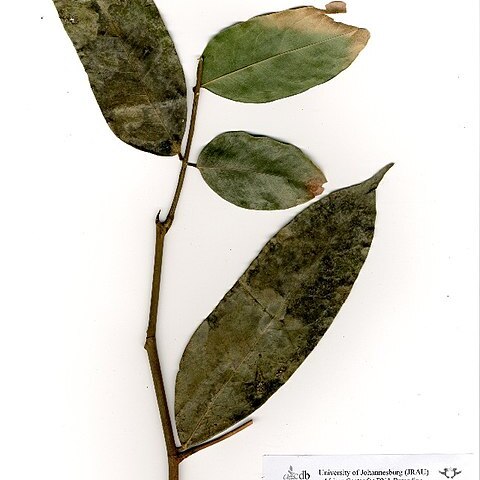Leaves simply pinnate; petiolules not twisted; leaflets opposite or subopposite, with translucent gland dots; stipules intrapetiolar, connate into a narrowly ovate-ellipsoid structure enfolding the bud, early caducous.
Inflorescence paniculate; flowers spirally arranged; pedicels jointed at base; bracteoles well developed, almost completely concealing the young flower buds, both caducous before anthesis.
Seeds solitary, large, with a smooth hard testa, affixed near the distal end of the pod, wind-dispersed attached to the exocarp of one valve of the pod.
Pods 1-seeded, dehiscing into 2 valves; endocarp coriaceous, curling and separating from the exocarp.
Ovary stipitate, the stipe adnate to the hypanthium; style long; stigma small.
Petals (in the Flora area) 3 large and 2 small.
Stamens 10, 9 shortly connate at the base.
Sepals 4, imbricate (2 outer, 2 inner).
Unarmed deciduous or evergreen trees.
Hypanthium elongate.
